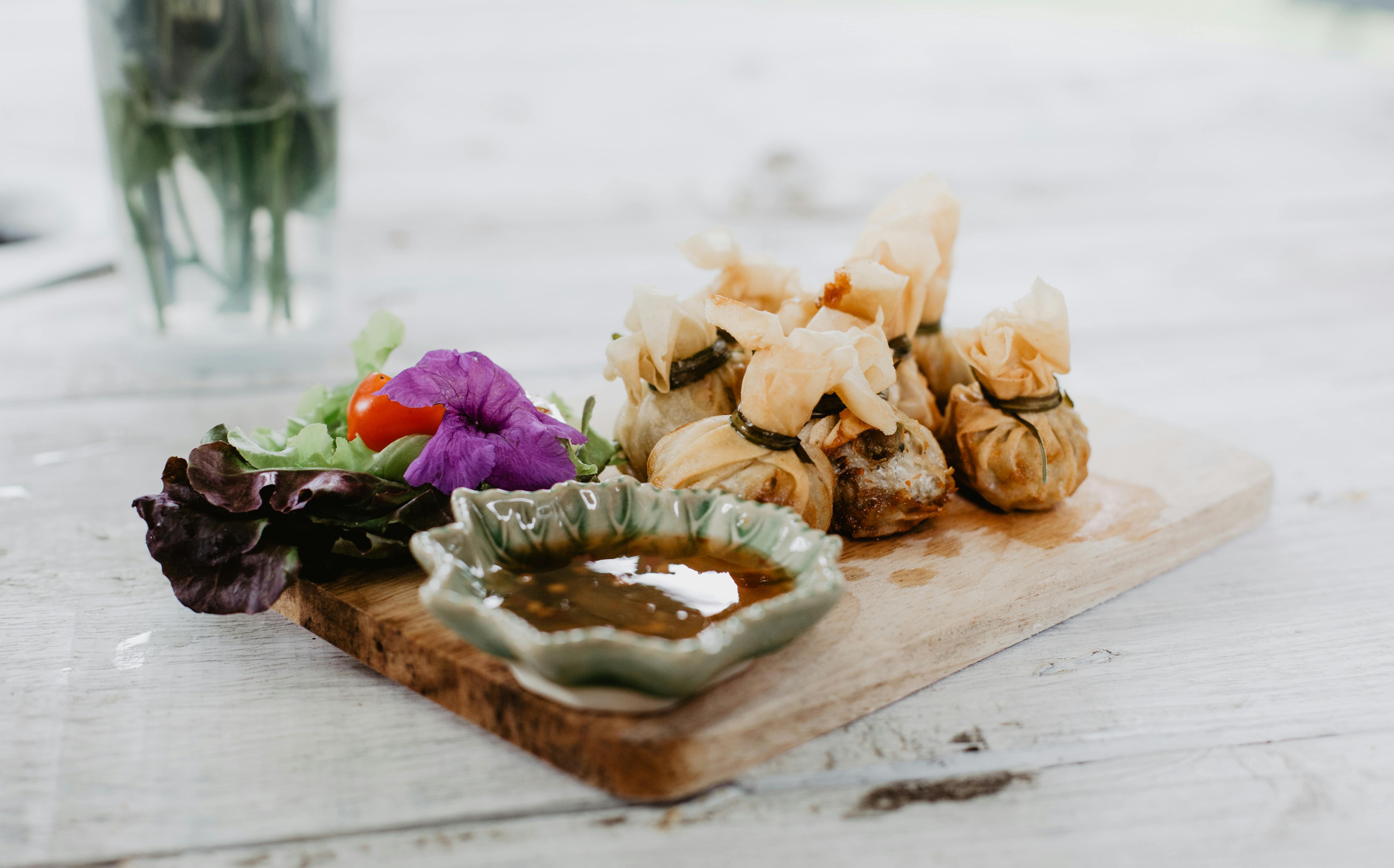
The Mahakala Buddha
Website design By BotEap.comThe Mahakala Buddha is a Dharmapala, or “protector of dharma”, who resides in the fourth hierarchy of deities and is most commonly associated with Vajrayana Buddhism.
Website design By BotEap.comThe Sanskrit meaning of Mahakala comes from its roots of “Maha”, or “great”, and “kala”, meaning “black”. Tibetans generally tend to refer to Mahakala as “the protector”. He is also referred to as “Tent Lord” by nomadic Tibetans, who often ask Mahakala to protect them while they sleep in their tents. Mahakala is called Daheitian by the Chinese and Daikokuten by the Japanese.
Website design By BotEap.comMahakala is mainly believed to be an emanation of Avalokiteshvara (the Chenrezig of the Tibetans) or Chakrasamvara. While some consider Mahakala a wrathful deity, others believe that she uses anger or aggression only when more benevolent means fail. Mahakala could be compared to any overwhelming source of regeneration: the regeneration process can be terrifying, but the actual transformation can lead to much more satisfying growth than its “easier” counterparts. Like any “protector” or father image, Mahakala presents beings with challenging but fair opportunities for real spiritual evolution. While Mahakala can be fierce, aggressive, and destructive at times, his main motivation is to destroy ignorance.
Website design By BotEap.comMahakala takes different forms in different lines of Buddhist teachings. It is generally black in color because its all-encompassing vibration encompasses all existing colors and varieties. Transversely, its black color can represent the absence of all colors, having essentially the same connotation as the previous one. Mahakala is widely depicted as wearing a crown of five skulls, which represents the metamorphosis of the five kleshas into the five wisdoms. The domain of these five principles are: 1) ignorance becomes the wisdom of reality, 2) pride becomes the wisdom of equality, 3) attachment becomes the wisdom of discernment, 4) jealousy they become the wisdom of achievement and 5) anger becomes a mirror like wisdom.
Website design By BotEap.comAlthough most Mahakala depictions have certain similarities, there are also several differences. Mahakala is often depicted with two, four, or six arms, depending on the Buddhist sect.
Website design By BotEap.comThe two-armed version of Mahakala emanates from the original Buddha and embodies great spiritual wisdom.
Website design By BotEap.comSambhogakaya produces the four-armed version of the Mahakala. Each of its four arms is reputed to perform the following four acts of positive karma: pacifying illness and problems, spreading good qualities and wisdom, attracting people to the dharma teachings, and destroying ignorance, doubt and fear. the confusion.
Website design By BotEap.comThe six-armed Mahakala has both a white and a black emanation. The white version originates from Dharmavajra and helps disciples attain riches and longevity. The black counterpart emanates from Avalokiteshvara and is a powerful force that helps followers overcome any obstacles between them and Enlightenment. The six arms represent the perfection of the six perfections: generosity, morality, peace, vigor, meditation, and insightful wisdom.
Website design By BotEap.comMahakala has been depicted in many forms, sometimes rarely seen, including: Mahakala Panjarantha or “Lord of the Pavilion”, the aged “Brahman Sage”, Maning or the “Black Eunuch”, or the four-headed version of Nyingmapas. The four heads represent mindfulness of the body, sensations, mind, and phenomena.
Website design By BotEap.comNever wishing to be without his tools of the trade, Mahakala carries various accessories or weapons on one of his many arms, particularly in the six-armed versions. He carries a curved knife, symbolizing his ability to cut through lies and obstacles. Another hand holds a skullcap filled with the blood of his enemies and a crescent-shaped knife, ready to further cut his foe to pieces. His next hand holds a damaru, or drum, which serves to draw the ignorant out of their mist in Samsara. He also holds a rosary of skulls, which represents continual activity, as Mahakala never rests in his quest to lead others to Enlightenment. Next, Mahakala features a trident, symbolizing the three jewels of Buddhism, the Buddha, the Dharma, and the Sangha. Finally, the ever-vigilant Mahakala keeps a rope at the ready, waiting to tie the strays back to the right path.
Website design By BotEap.comMahakala is a significantly popular Buddha in Japan and is one of their Seven Gods of Luck. In Japan, Mahakala is known to represent wealth and does not carry the stigma of wrath that other cultures may associate with the god. Mahakala in Japan is usually depicted as having a good nature, carrying a magical gold “money mallet”, and is believed to bring abundance in cooking.